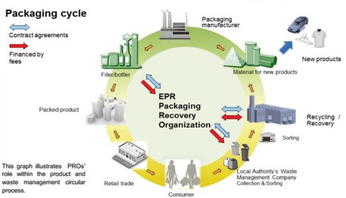Modelling of the Target Voltage Behaviour in Reactive Sputtering
Presented by R. De Gryse, University Ghent
It has been shown that at least two mechanisms are responsible for target poisoning during reactive sputtering, i.e. sub plantation of the reactive gas ions underneath the target surface and chemisorption on the target surface. At first sight, both processes may look quite similar however their influence on the
target poisoning is very different. Also with respect to the absolute target (ATV) voltage behaviour the differences are very pronounced. The reason for these differences finds its origin in the fact that sub planted species can react with the target metal and form compound molecules, or can remain unreacted as
dissolved reaction gas in the target. It has been shown that the dissolved reaction gas leads to an increase in ATV.
The formed compound, for instance the oxide, at the target surface and subsurface behaves completely different with respect to the ATV as compared to target material onto which reaction gas has been chemisorbed. This has to do with the difference between the ion induced secondary electron emission (ISEE) coefficient of the formed oxide as compared to the ISEE coefficient of the target material partly covered with chemisorbed oxygen. Moreover, chemisorption on oxide, formed by sub plantation, is nearly impossible.
A model is discussed in which the ATV is expressed as the weighted difference between the fraction of the target surface area occupied by chemisorbed species and the fraction of the target surface which is converted into compound by ion implantation. This model is used to understand the ATV behaviour during reactive sputtering of aluminium in an argon/oxygen mixture. At high pumping speeds and/or low sputter currents, a substantial increase in ATV is observed for oxygen flows smaller than the critical flow which drives the target in complete poisoning. For higher flows than the critical flow, chemisorption reduces the sputtering speed and leverages the sub plantation effect which drives the target into poisoning. The corresponding drop in ATV is essentially due to sub plantation and the corresponding formation of aluminium oxide together with a reduction of the plasma impedance due to the pressure increase. At low pumping speeds and/or high currents, i.e. when wall gettering is important, chemisorption on the target and its effect on the ATV is greatly reduced due to the competition between
sub plantation and chemisorption.
This post is for paying members only
SubscribeAlready have an account? Log in

